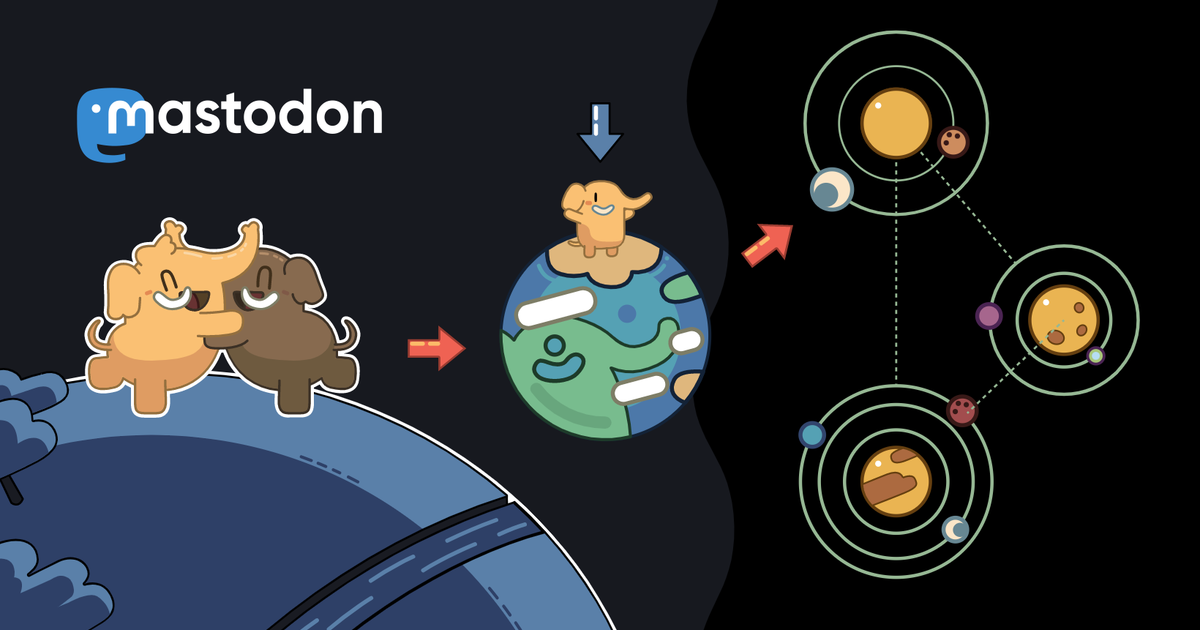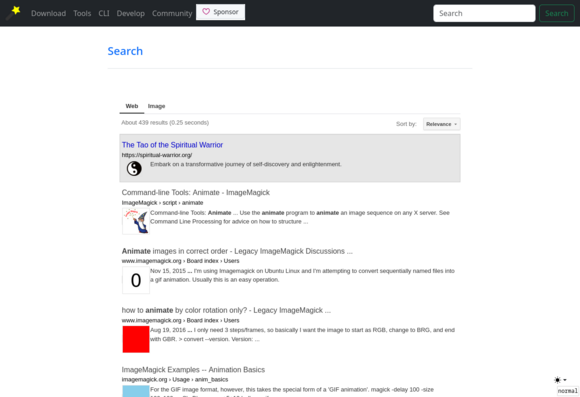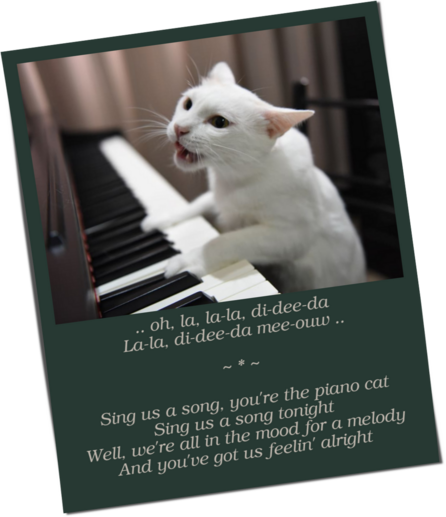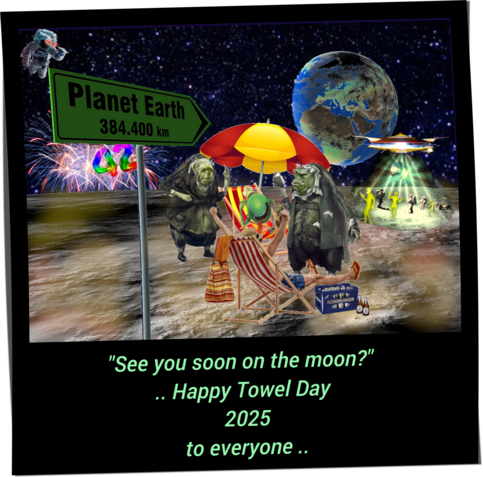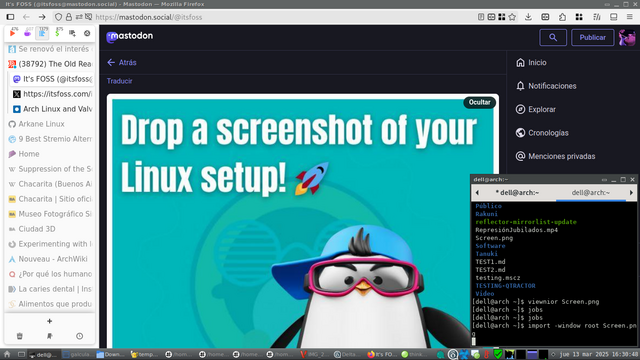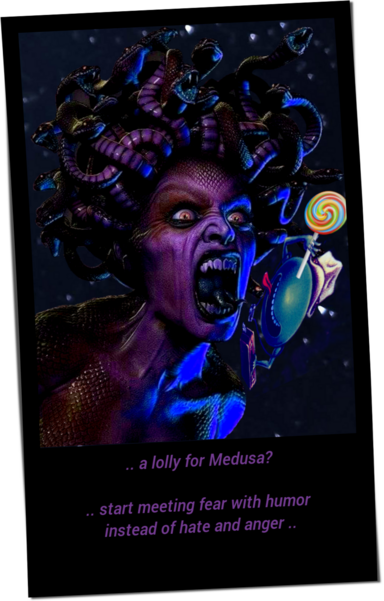Google: "I see you're searching the #ImageMagick documentation again. Have you considered religion?"
Recent searches
Search options
#imagemagick
Разлом делится мудростью!
https://bbs.quietplace.xyz/s/thread/188.html#189
#ImageMagick #TIL
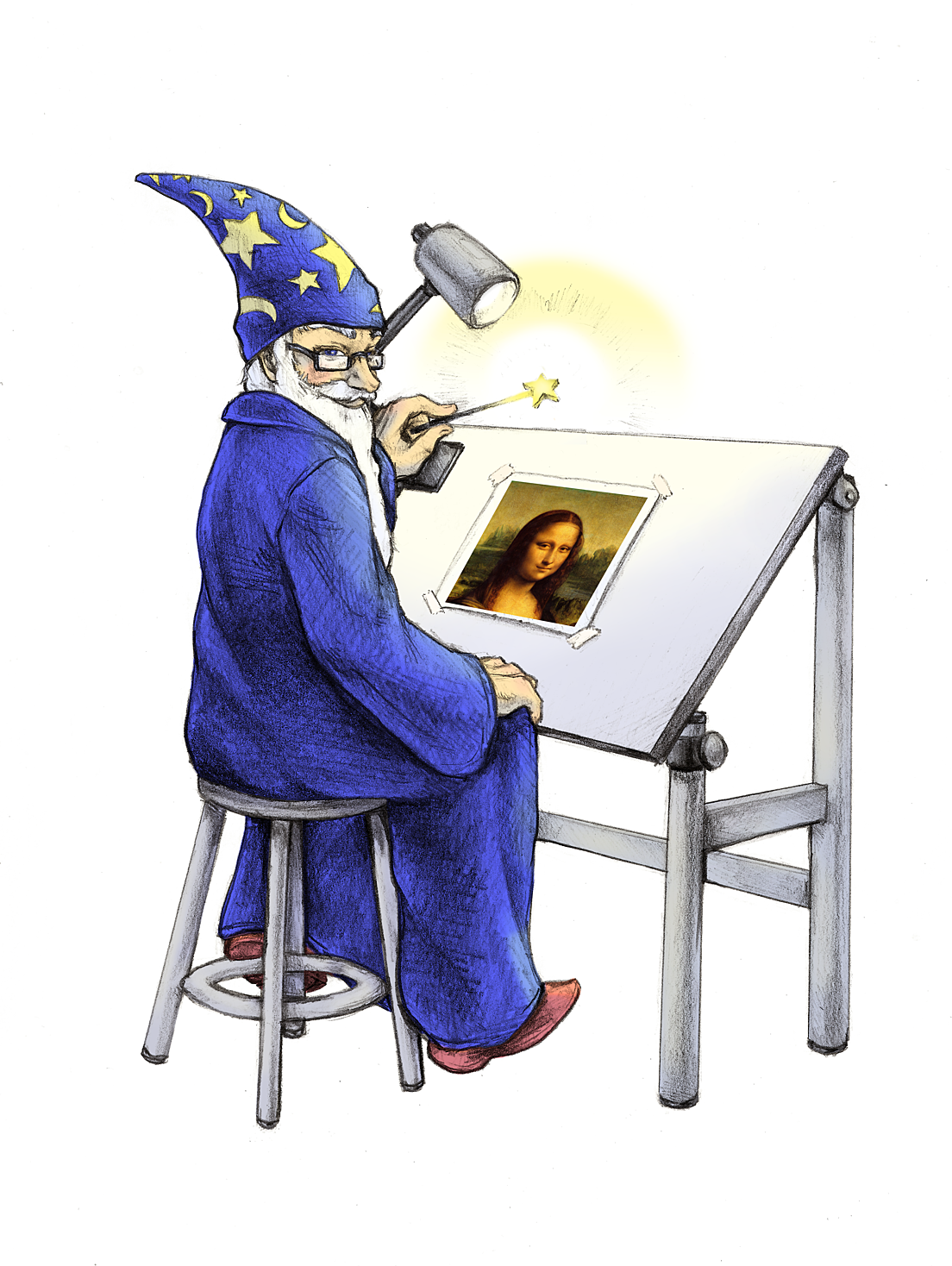
Standard interchange image format for Open Source DTP
Hi people,
with all the mayor GUI #DTP software reaching their peak: #GIMP, #Scribus and #Inkscape; and the well established #TeX software #ConTeXt and #SpeedataPublisher, and #ImageMagick we need a serious discussion about which image format we should adopt that works seamlessly across all these applications and it is generally accepted in the press workflow, whereas is embedded or not into a PDF file.
It should be something that has good quality, supports #CMYK and Alpha channels and it is #opensource friendly and perhaps an #openstandard.
I would dare to say that perhaps jpeg2000 matches most of them, it exists from a very long time and can be adopted as common ground, however it is need a combined effort, if what I am writing makes sense for you.
ImageMagick supports it, Gimp 3 currently doesn't, #LuaTeX and #LuaMetaTeX neither. I guess that Inkscape once it will be able to export in CMYK it will decide which format using to store images in CMYK with alpha into a PDF.
It would be very beneficial if we can adopt a format that works everywhere and it is press friendly, thanks.
I am so spoiled by package managers like sbt, Maven, npm, apt, yum, pip, gem or sdkman that I forgot the „good“ old days of downloading source tgz and jumping through autoconf, configure, make et al. With everyone using slightly different incantations and nothing tracking down the indirect dependencies.
In case you need a recent #ImageMagick with HEIF support and your OS package manager does not carry it, here is a helpful write-up on how to install it from source: https://medium.com/@kamransharief7/installing-imagemagick-with-libheif-for-heic-support-on-amazon-linux-2-arm64-24143057602b
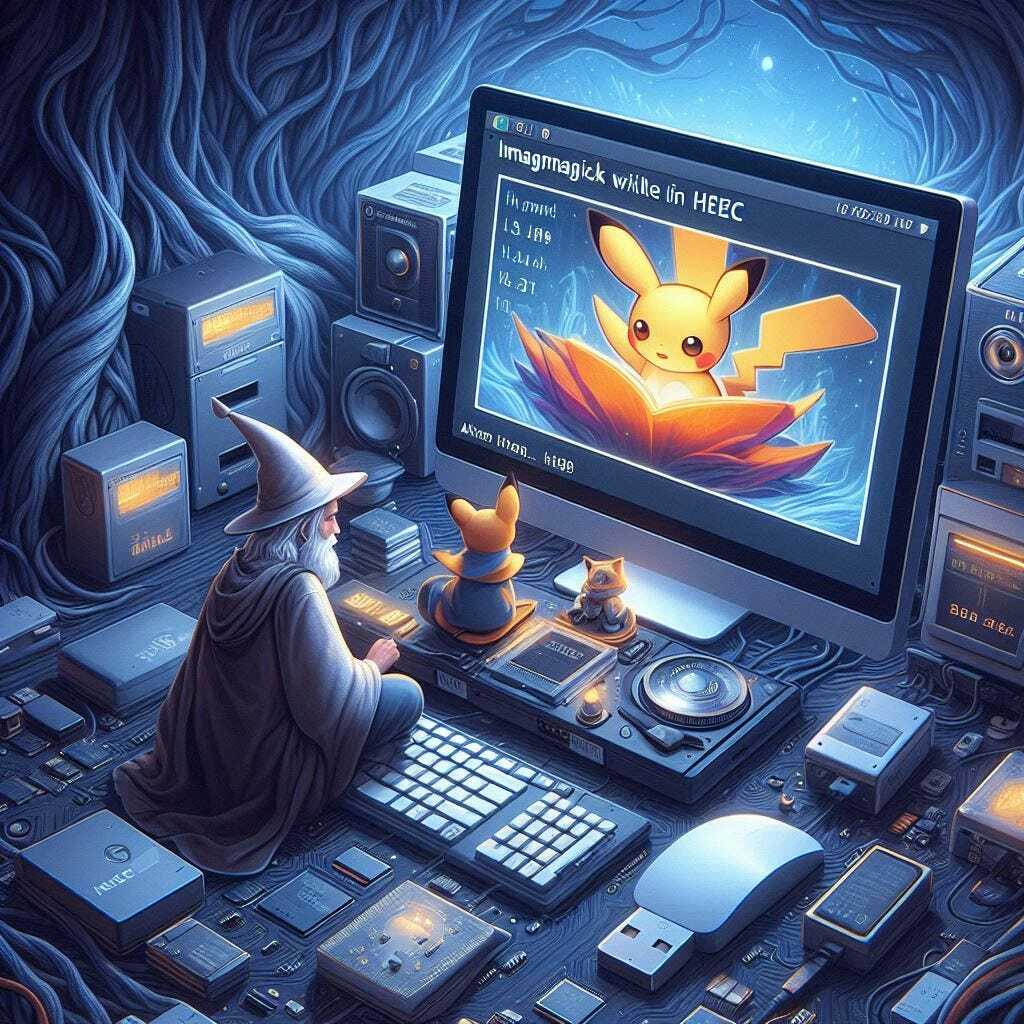
how to retrieve #picture #metadata in #linux
1. simpleminded:
file x.jpg
2. camera-specific:
exiftags x.jpg
3. mastermind (https://superuser.com/questions/275502/how-to-get-information-about-an-image-picture-from-the-linux-command-line) using the #ImageMagick package :
identify -verbose x.jpg

last one of these for now. Can you tell I like cats? #imagemagick #creativecoding
ImageMagick: delegate library support not built-in #2404 #imagemagick

Maybe I should just make turning GifCities gifs into Minesweeper maps my "thing". Would be a lot less expensive than eurorack that's for sure. #creativecoding #imagemagick #ffmpeg
mit diesem #nonDestructiveEditing verstehe ich das Problem nicht. Ja ich habe dann eigene Ebenen angelegt, die ich aktivieren und deaktivieren konnte. Ja, das ist umständlicher. Aber wie viele Effekte nutzt ihr dann gleichzeitig? 40, 50? Weil bei 4-5 Effekten sehe ich keinen großen Gewinn. Ich nutze Bildbearbeitung aber auch nicht beruflich und täglich. Mag sein, dass es im Job durchaus sich addierende Zeit ist. Aber wenns um Zeit geht, würde man ja eh Skripte und #ImageMagick nutzen?
@itsfoss #ImageMagick screencap: #Firefox with #Sidebery for #VerticalTabs, #IceWM with #ShadesOfGrey on #Arch #GNU+#Linux
#Apps at sight: #Geany #Zathura #Viewnior #DeltaChat #Dino #Jami #LXTerminal #PCManFM #fs
https://imagemagick.org/
https://addons.mozilla.org/en-US/firefox/addon/sidebery/
https://ice-wm.org
https://archlinux.org/
https://www.gnu.org/
https://www.geany.org/
https://pwmt.org/projects/zathura/
https://siyanpanayotov.com/project/viewnior/
https://delta.chat/en/
https://dino.im/
https://jami.net/
https://www.lxde.org/
I used my newfound skills to update a bash script I wrote 13 years ago to make animations like this.
I just came across this question I asked 13 years ago about pixelating images using the command line
That method of downscaling then upscaling to produce pixelation was acceptable at the time but the problem is that you couldn't easily specify the size of the "big pixels"
Searching again in 2025 and it looks like ffmpeg has had a pixelation filter since 2022 and can be used like this:
ffmpeg -i input.mp4 -vf pixelize=40:40 output.mp4
So now I'm using ffmpeg, a video editor, to pixelate images.
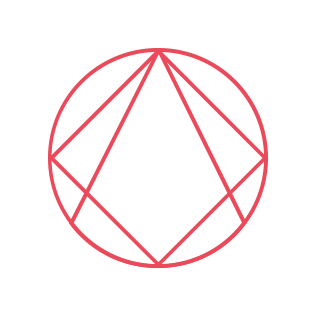
It's so funny to see how
find . -name "*.jpg" -exec mogrify -format png {} \;
"unchungifies" 10MB of 100% Quality "lossy" JPEG into 50MB of 100% Quality "lossless" PNG...
Aint it supposed to be the other way around?!
#linux #imagemagick
@mcc #ImageMagick has a Windows binary distribution.
https://imagemagick.org/script/download.php#windows
#PDF is among its supported formats.
https://imagemagick.org/script/formats.php#supported
You can use its convert utility to combine multiple images into a single PDF.
@dewomser #imagemagick ist schon lässig. Will das Kind beurlauben lassen. Die App ihrer Schule will nur Bild-Dateien für eine Bescheinigung, habe allerdings ein PDF. Mit einem Einzeiler fix konvertiert!

